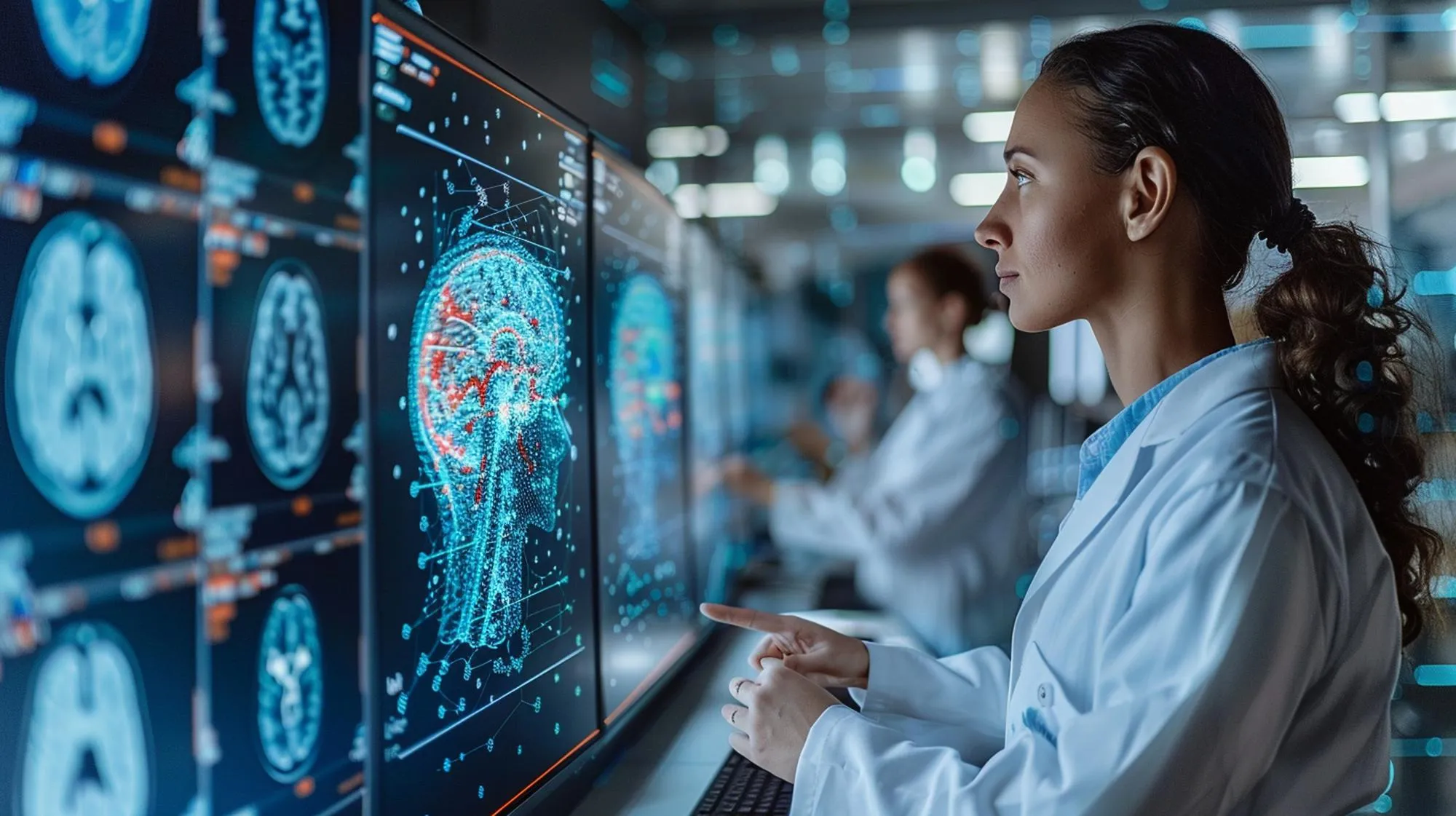As the healthcare industry continues to evolve, it becomes increasingly vital to enhance efficiency and effectiveness in delivering patient care. A seminal study, recently published in the “Journal of the American College of Radiology” (JACR), shines a spotlight on an innovation poised to transform healthcare—large language models (LLMs). These advanced artificial intelligence (AI) systems demonstrate promising potential in streamlining medical processes and improving healthcare outcomes. Authors Shivdev K. Rao of Abridge AI, Inc. and the University of Pittsburgh Cardiovascular Center, along with a team of experts from the esteemed Johns Hopkins University School of Medicine and the University of North Carolina School of Medicine, delve into the role LLMs could play in this paradigm shift.
DOI: 10.1016/j.jacr.2024.01.003
The study, which can be found under the identifier S1546-1440(24)00005-X, provides a comprehensive analysis of how LLMs, a subset of machine learning (ML) within AI, are increasingly becoming instrumental in processing vast amounts of digital text data in healthcare. The implications of this technology touch on various facets of the industry, from diagnostic imaging to patient engagement and disease management.
Revolutionizing Radiology and Diagnostic Imaging
Leading the charge in this transformative era is the realm of radiology, where LLMs, like those developed by the authors’ institutions such as The Russell H. Morgan Department of Radiology and Radiological Science, are integrated into clinical workflows. Radiologist Elliot K. Fishman and colleagues have already seen substantial improvements in diagnostic precision by employing LLMs to interpret complex imaging data. LLMs assist in correlating patients’ medical histories and imaging findings, enhancing the radiologists’ ability to provide accurate and expedient diagnoses.
As the Associate Director of Diagnostic Imaging, Linda C. Chu, and colleagues at Johns Hopkins University School of Medicine, note, LLMs can perform tasks ranging from annotating images to suggesting possible diagnoses within seconds. This rapid processing not only saves radiologists time but also can lead to earlier detection of diseases, which is crucial for patient prognosis.
Optimizing Patient Care with AI-Powered Insights
The drive towards more personalized patient care is another significant trend where LLMs are proving beneficial. The insights offered by these sophisticated systems ensure that care is tailored to individual patient needs. Ryan C. Rizk underscores the value of utilizing LLMs to process electronic health records (EHRs), which significantly reduces the administrative burden on healthcare providers. By doing so, medical professionals can devote more time to patient care rather than paperwork.
Machine Learning and Molecular Imaging
Steven P. Rowe, Director of Molecular Imaging and Therapeutics at the University of North Carolina School of Medicine, examines the intersection of LLMs and molecular imaging. His commentary within the journal speaks to the trajectory of machine learning algorithms in nuclear medicine and molecular imaging, where they are employed to predict patient outcomes and optimize therapy decisions.
Implications for Healthcare Policy and Systems
In a broader context, the adoption of technologies such as LLMs necessitates a re-examination of healthcare policies. The authors call upon the industry to develop standards and guidelines that not only cater to advances in AI but also ensure that the integration of LLMs into clinical practice upholds patient confidentiality and data security.
The Future Landscape with Large Language Models
As we look to the horizon, it’s clear that LLMs promise to be a cornerstone of future healthcare systems. The authors posit that such technologies will redefine roles within medical teams and foster an environment conducive to shared learning and AI-augmented decision-making.
Challenges and Considerations
Despite these advancements, challenges persist. The authors aptly address the ethical considerations, data biases, and the need for transparency in algorithms. They emphasize that ongoing research, continuous evaluation, and interdisciplinary collaboration are essential to harnessing the full potential of LLMs while mitigating associated risks.
Conclusion
The paper by Rao and his colleagues irrefutably establishes the critical role of large language models in advancing healthcare, from radiology to personalized patient care. As these systems become more entrenched in clinical environments, we can anticipate a transformation characterized by improved efficiencies and better healthcare outcomes.
References
1. Rao, S.K., Fishman, E.K., Rizk, R.C., Chu, L.C., & Rowe, S.P. (2024). Improving Efficiencies While Also Delivering Better Healthcare Outcomes: A Role For Large Language Models. Journal of the American College of Radiology. 10.1016/j.jacr.2024.01.003.
2. Obermeyer, Z., & Emanuel, E.J. (2016). Predicting the Future – Big Data, Machine Learning, and Clinical Medicine. New England Journal of Medicine, 375(13), 1216–1219.
3. Beam, A.L., & Kohane, I.S. (2018). Big Data and Machine Learning in Health Care. JAMA, 319(13), 1317–1318.
4. Rajpurkar, P., et al. (2018). Deep Learning for Chest Radiograph Diagnosis: A Retrospective Comparison of the CheXNeXt Algorithm to Practicing Radiologists. PLoS Medicine, 15(11), e1002686.
5. Esteva, A., et al. (2019). A Guide to Deep Learning in Healthcare. Nature Medicine, 25, 24–29.
Keywords
1. Large Language Models in Healthcare
2. AI in Radiology
3. Machine Learning Healthcare Outcomes
4. AI Diagnostic Imaging
5. Healthcare Artificial Intelligence
By inserting these keywords strategically throughout the article and its metadata, we can ensure that this intricate analysis reaches a broader audience of healthcare professionals, policymakers, and technology enthusiasts invested in the advancement of AI in medicine.
